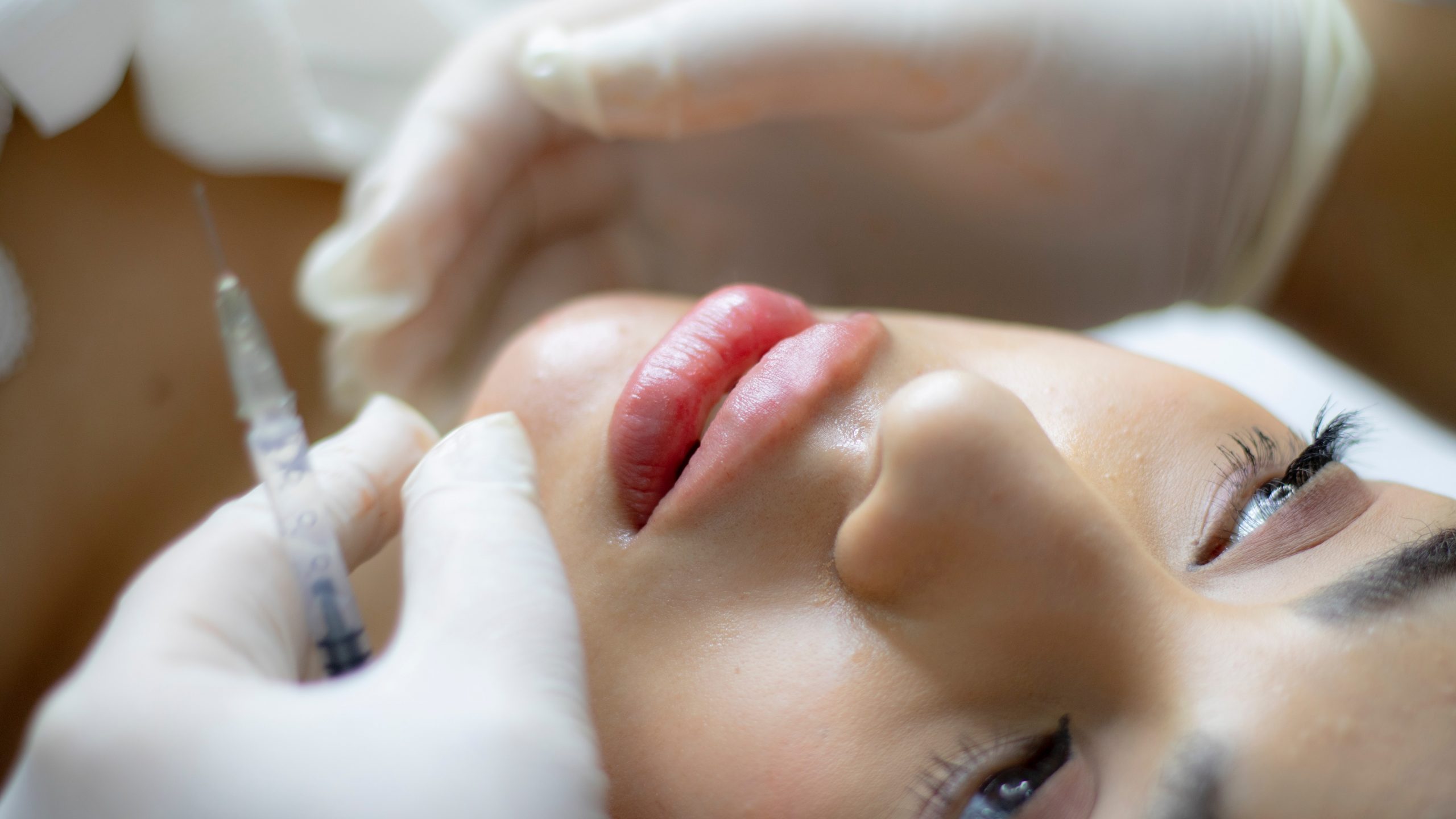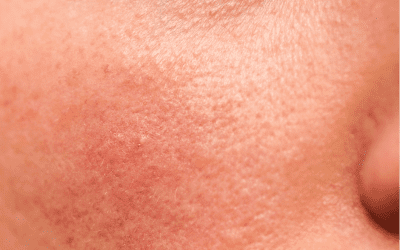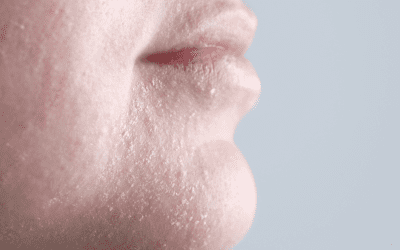Many people find chemical peels can leave them feeling rejuvenated and more confident. However, if you’ve never had one before, you may have some reservations or questions about what’s involved in this skin care treatment. The following information will help you understand what’s involved with a chemical peel, and the aftercare required.
What is a chemical peel?
A chemical peel is a solution that is applied to the face to remove dead skin cells and stimulate the growth of new cells. They are commonly used to treat ageing spots, acne scars and pigmentation.
Depending on the strength of the solution, the peel removes various layers of skin to improve the skin’s texture, smoothness and appearance. You may need to repeat lighter peels consistently for desired results.
Different types of chemical peel
There are three different types of chemical peel:
- Superficial peels: These chemical peels remove the outer layer of skin (epidermis) and are used for fine lines, acne scars and dryness.
- Medium peels: This type of peel removes both the upper layer of skin and some parts of the middle skin layers (dermis). They are used to treat deeper wrinkles, acne scars and uneven skin tone.
- Deeper peels: These are only recommended for severe wrinkles, acne scar tissue or your doctor may recommend them for precancerous growths. They take longer to recover from and you won’t have to get repeat treatments.
What to expect during your procedure
At Helen Hunt, we offer light and medium facial chemical peels. Both of which have similar processes.
During a light chemical peel, your treatment specialist will use a cotton ball, gauze, sponge or brush to apply a chemical solution – this usually contains glycolic acid or salicylic acid. Medium treatments contain trichloroacetic acid.
Skin begins to lighten in both treatments. In light treatments, your skin care specialist will apply a neutralising solution to remove the acid. In medium treatments, you may feel tingling or burning for up to 20 minutes after your procedure. Your specialist will apply a recovery balm on treated skin to soothe these effects.
Risks associated with chemical peels
As with any aesthetic procedure, there are some risks. But these are minor and very rare.
- Darkening or lightening of the skin that can be permanent.
- Recurring cold sores (if you’ve had them before).
- Scarring or an infection (although this is rare).
Facial peel aftercare
Immediately after any chemical peel, your skin may be appear red and you might experience a feeling of tightness, irritation and swelling. After your chemical peel, it’s important to stay out of the sun and to apply moisturiser and SPF50.
After light and medium peels, you can use cosmetics 24 hours after the treatment. You can expect to see brighter clearer skin after just one treatment, however for optimum results a course may produce even better results.
What we can do for you at Helen Hunt
At Helen Hunt, we specialise in a wide range of chemical peels and skin care treatment options. From our Deep Moisturing Treatment, to Aqua Fusion, Vitamin A Boost or our Enzyme Retexturising Treatment. Whether it’s fine lines, crow’s feet or acne scars, you can be sure to find a treatment that suits your personal concerns.
After your treatment, you’ll recieve a post-procedure package included in your facial cost. The kit contains Alumier MD SensiCalm Cleanser, Recovery Balm and Sheer Recovery Broad Spectrum SPF 40 to use 5-7 days after the chemical peel.
With her extensive medical background, Helen Hunt has the experience and training to carry out aesthetic skin care treatments safely and effectively.
Contact us today to book your initial consultation.



